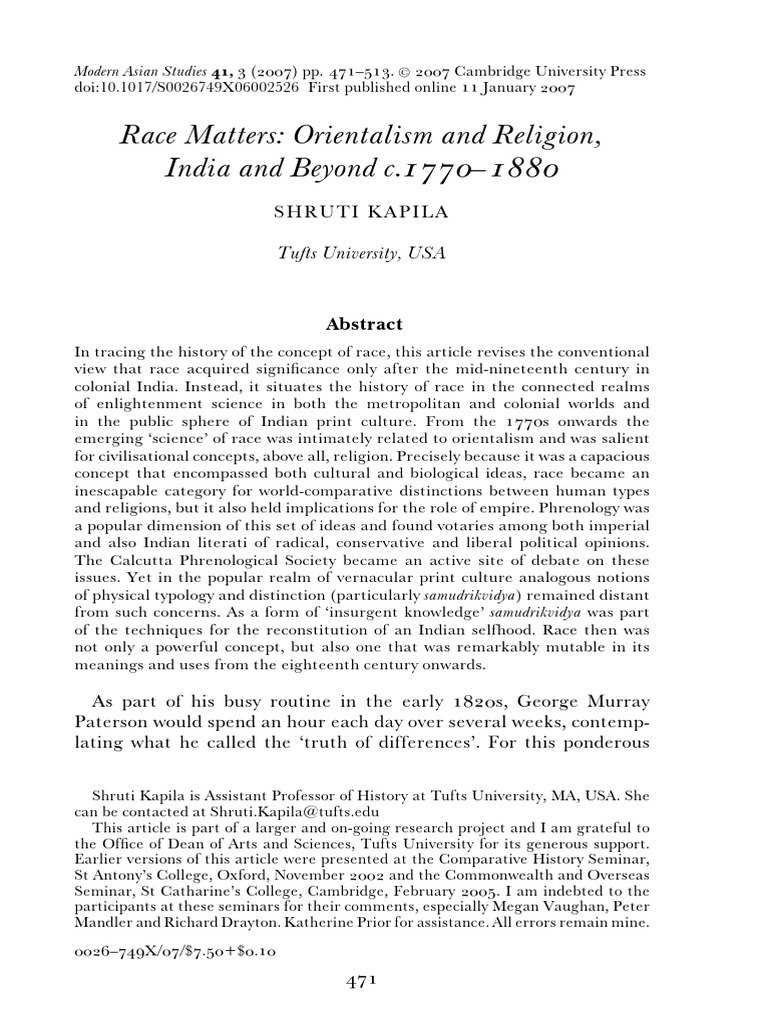The inquiry into the terms “White” and “Caucasian” has engendered considerable debate, transcending mere semantics to delve into the intricate tapestry of race, identity, and cultural relativism. At a surface level, these terms are often conflated, yet a thorough examination reveals nuanced differences that are foundational to understanding the construct of race within a sociocultural context.
Defining the Terms
To embark on this exploration, it is imperative to define the terms distinctly. Typically, “Caucasian” is derived from the 18th-century classification systems established by scholars like Johann Friedrich Blumenbach, who categorized humans based on skull shape and physical characteristics. He used the term to denote individuals from Europe, North Africa, Western Asia, and parts of the Middle East. In contrast, “White” is a sociopolitical designation that has evolved, particularly in the context of race relations in the United States and other Western societies. While “Caucasian” encompasses a broader group culturally and geographically, “White” specifically refers to the racial identity recognized in relation to social hierarchies and demographic trends.
The Historical Context
The historical trajectory of these classifications is pivotal. In the context of the United States, the term “White” has been tightly linked to notions of privilege and systemic power. The Melting Pot theory promoted a homogenized cultural identity, yet it obscured the historical realities of marginalization faced by various groups. As a construct, “Whiteness” has often been portrayed as the default racial identity, while other ethnicities are positioned as others, thus reinforcing hierarchies and social divides.
The Cultural Relativism Lens
Cultural relativism posits that one’s beliefs and practices should be understood based on their cultural context, rather than judged against the standards of another culture. When examining the terms “White” and “Caucasian,” cultural relativism aids in elucidating why societies adopt and utilize these classifications in diverse ways. Cultures assimilate certain terminologies and categorizations, often leading to misunderstandings or overwrought generalizations.
For instance, in European contexts, “Caucasian” might evoke different connotations compared to its American use. This disparity highlights the variability in racial constructs and the implications these terms bear for identity, belonging, and societal roles. In post-colonial societies, indigenous identities are often subsumed under categorical terms imposed by the dominant culture, asserting power dynamics that continue to resonate today.
Scientific Perspectives on Race
From a biological vantage point, it is essential to acknowledge that the concept of race lacks a solid grounding in genetic science. Geneticists have demonstrated that the variations within so-called racial groups often exceed those observed between them. Consequently, contemporary biological discourse tends to refute the rigid classifications associated with race, advocating for the recognition of shared genetic heritage among all humans.
This realization brings forth an essential critique of the societal constructs of “White” and “Caucasian.” The classifications, historically tied to pseudo-scientific frameworks of racial superiority, stand on precarious ground when examined through an objective lens. As society progresses toward a more nuanced understanding of human diversity, these terms may reveal less about inherent qualities of the groups they purport to define and more about the sociopolitical structures that uphold their relevance.
Sociopolitical Implications
The implications of these classifications extend beyond mere identity. They inform policies, influence societal interactions, and contribute to the ongoing debates surrounding immigration, affirmative action, and representation. Given the sociopolitical climate marked by strife and division, race-related concepts such as “White” and “Caucasian” become flashpoints for broader discussions about equity and justice. Groups historically categorized as “White,” while perceiving themselves as a singular entity, often fail to consider the heterogeneity within their demographic, encompassing various ethnicities, cultures, and histories.
Contemporary Reflections
In contemporary discourse, the intersectionality of race, ethnicity, and identity has prompted reevaluations of how terms like “White” and “Caucasian” are employed and understood. The urgent necessity to address systemic inequities amplifies the relevance of acknowledging the fluidity of racial identities. Advocacy for inclusivity challenges the rigid frameworks that separate groups into unyielding categories based on historical constructs.
Furthermore, cultural relativism empowers dialogue that recognizes the lived experiences of individuals across diverse racial backgrounds. By fostering an understanding that transcends static definitions, one can discern the complexities intrinsic to identity formation. This understanding is particularly critical in discussions about privilege and oppression, where acknowledging difference does not necessitate diminishing the validity of varying identities.
Conclusion
As the discourse surrounding race evolves, the terms “White” and “Caucasian” require careful reevaluation. The historical, sociopolitical, and cultural dimensions of these classifications must be recognized, particularly when viewed through the prism of cultural relativism. Rather than being viewed as interchangeable, they offer opportunities for critical engagement with issues of identity and difference. Ultimately, the examination of race should not be confined within reductive parameters but should invite a broader recognition of the shared human experience that transcends arbitrary categorizations.
